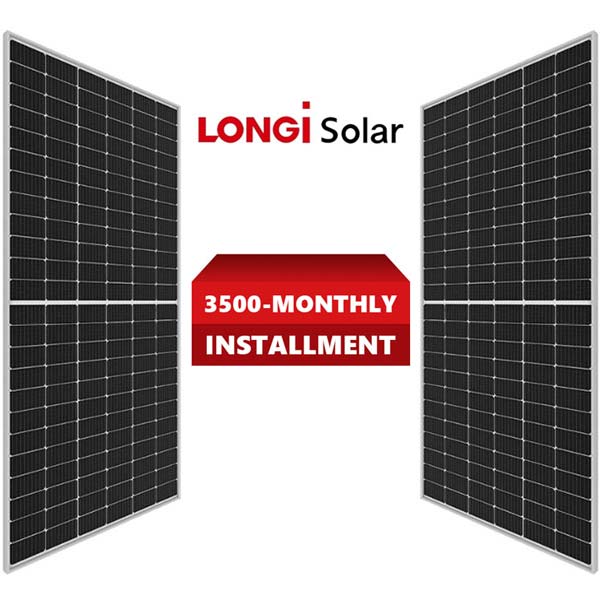Select your city*
Select your province*
Longi Solar panels 460 convert sunlight into direct current (DC) electricity, but most homes and businesses use alternating current (AC) electricity. An inverter is a device that is used to convert the DC electricity generated by solar panels into AC electricity that can be used to power electrical devices and appliances.
The working principle of a solar panel inverter involves several steps:
DC Power Generation: Solar panels consist of multiple solar cells made of semiconductor materials, typically silicon. When sunlight hits these cells, it excites electrons, creating a flow of DC electricity.
DC to AC Conversion: The DC electricity generated by the solar panels is fed into the inverter. The inverter's primary function is to convert this DC electricity into AC electricity, which is compatible with the electrical grid and can power household or commercial loads. This conversion is accomplished through a process called inversion.
Maximum Power Point Tracking (MPPT): In addition to the DC to AC conversion, modern inverters often incorporate a Maximum Power Point Tracking (MPPT) feature. MPPT optimizes the power output of the solar panels by continuously tracking and adjusting the voltage and current to find the maximum power point at which the panels can operate efficiently.
- 1. Decreasing Costs and Increasing Efficiency (1960s-1970s): Over the next few decades, advancements in materials and manufacturing processes led to improved efficiency and reduced costs of solar panels. Efficiencies reached around 14% by the 1960s and continued to rise.
- 2. Photovoltaic Industry Growth (1980s onwards): The 1980s saw the commercialization of solar panels, and the industry started to grow. Governments and organizations recognized the environmental benefits of solar energy, leading to increased research and development efforts.
- 3. Thin-Film Solar Cells (1990s): Thin-film solar cells, which use very thin layers of semiconductor materials, emerged as an alternative to traditional crystalline silicon cells. Thin-film technology offered advantages such as flexibility, lighter weight, and lower manufacturing costs.
Efficiency is an important factor to consider when choosing solar panels, as higher efficiency means a greater amount of electricity can be generated from the same amount of sunlight. However, it's important to consider other factors as well, such as cost, available space, and specific application requirements, when selecting the most suitable solar panels for a given project.
Since my knowledge is based on information available until September 2021, there may have been further advancements in solar panel efficiency. It is recommended to consult the latest research, industry reports, and manufacturer specifications to obtain the most up-to-date information on solar panel efficiency.

 Longi 340w
Longi 340w